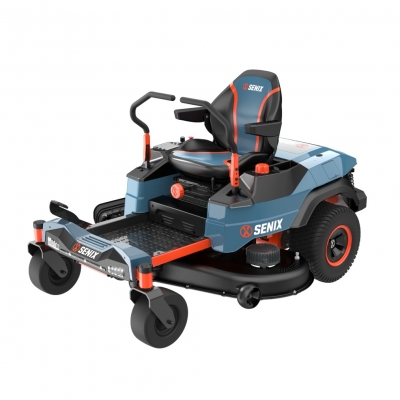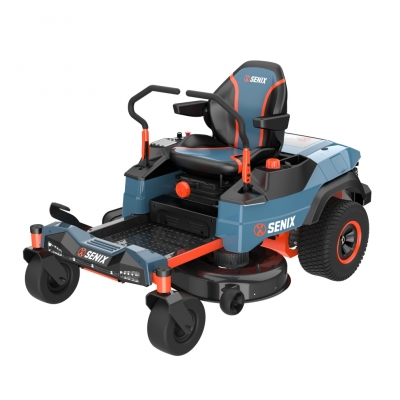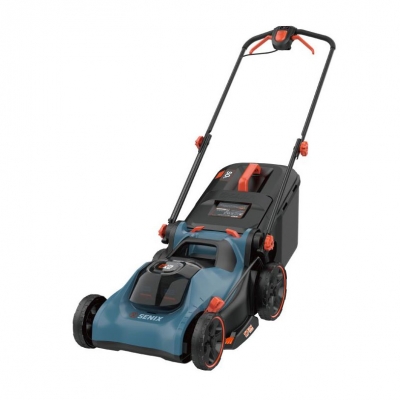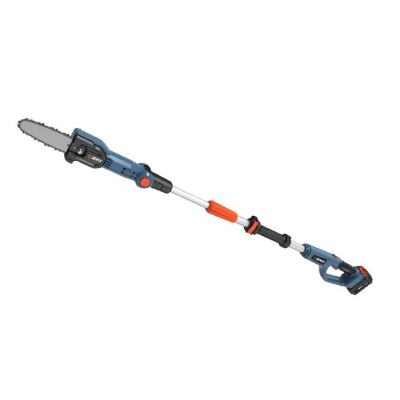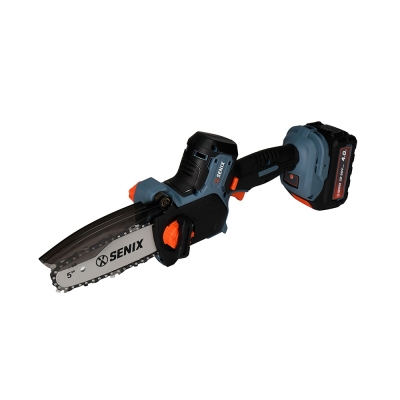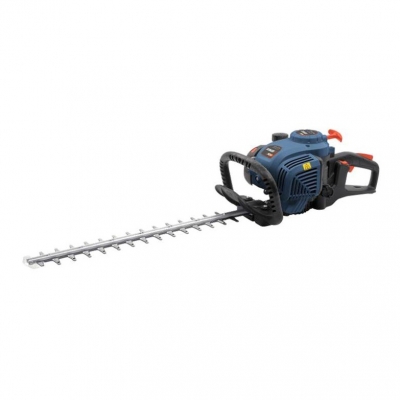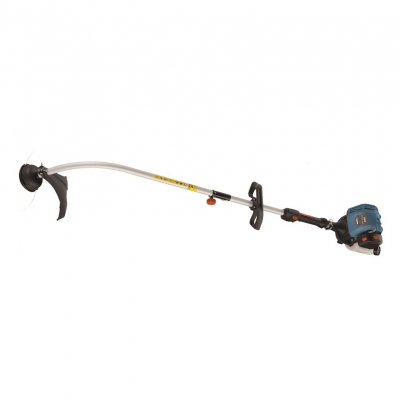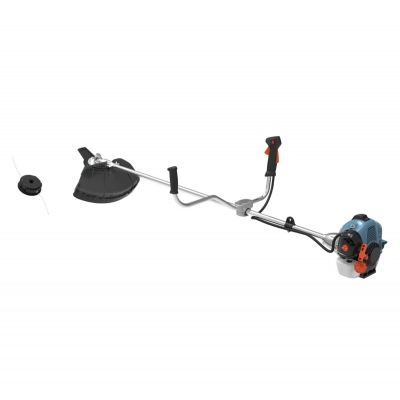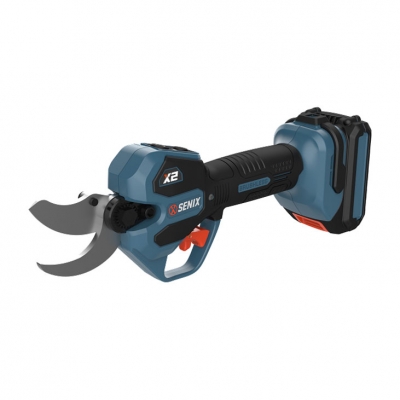8 Essential Garden Tools for the Beginner
Starting a garden is more than just planting seeds—it's about cultivating a space that thrives. For beginners, the process can feel daunting, especially when faced with an overwhelming variety of garden tools. The good news? You don't need to buy everything at once. With the right set of core tools, you can manage basic tasks efficiently and build your skills over time.
This guide introduces eight essential garden tools every beginner should consider. Each one serves a distinct purpose and, when used together, they lay the foundation for a healthy, beautiful outdoor space.
Lawn Mower
Maintaining a neat lawn starts with a good mower. For most beginners, a walk-behind electric or battery-powered mower is ideal—quiet, lightweight, and eco-friendly. Regular mowing keeps grass at an optimal height, encouraging denser growth and reducing the spread of weeds.
Look for features such as adjustable cutting heights, a mulching function (to recycle grass clippings), and easy maneuverability. Before buying, consider your lawn size and terrain. Cordless models offer mobility, while corded ones are more budget-friendly but limited in range. For small to medium yards, a 14–18" deck width is usually sufficient.
Pro Tip: Avoid cutting more than one-third of the grass height at once to prevent lawn stress.
Pole Saw
Trimming tall branches no longer requires a ladder when you have a pole saw. These tools combine a compact saw head with a telescoping shaft, giving you reach and precision from the ground. They're especially useful for clearing dead or overgrown limbs that can block sunlight or damage property.
Electric or battery-powered pole saws are perfect for beginners—lighter than gas-powered models and easier to maintain. Look for safety features like auto chain lubrication and easy chain tensioning.
Safety Tip: Always wear safety goggles and gloves. Make sure the area below is clear of people and pets before cutting.
Pruning Saw
Not every branch can be handled by shears. For medium to thick branches (typically over 1.5 inches in diameter), a pruning saw provides the cutting power needed. These hand tools come in various blade shapes—curved for pulling cuts and straight for push-pull action.
Curved blades offer more control in tight spaces, especially useful when trimming shrubs or fruit trees. Folding models are convenient and safer for storage. When buying, choose a rust-resistant blade with aggressive teeth that stay sharp longer.
Usage Tip: Make clean cuts close to the branch collar to encourage faster healing and prevent disease.
Blower
Keeping your garden tidy goes beyond just mowing. A leaf blower helps quickly clear leaves, grass clippings, and other debris from driveways, patios, and lawns. Cordless battery-powered blowers are beginner-friendly—quiet, low-maintenance, and easy to handle.
When shopping, pay attention to airspeed (measured in MPH) and airflow volume (CFM). For light to medium yard work, 90–150 MPH and 300–400 CFM is typically enough.
Bonus Use: Many blowers can also be used to dry off outdoor furniture or clean out garages in seconds.
Hedge Trimmer
Want to maintain tidy hedges and decorative shrubs? A hedge trimmer saves hours of manual clipping and gives your garden a professional look. Beginners often prefer electric or battery-powered models—they're easier to start and lighter than gas options.
Blade length matters: 16–22 inches is a good range for control and reach. For safety, choose a trimmer with a lock-off switch and dual-action blades to reduce vibration.
Maintenance Tip: Clean the blades after each use and lubricate regularly to keep the trimmer performing at its best.
String Trimmer
A lawn mower can't reach every spot—this is where a string trimmer (also called a weed eater or line trimmer) comes in. It's essential for edging around fences, flower beds, and trees, giving your yard that crisp, finished look.
Most beginner models use a nylon string that spins at high speed to slice through grass and light weeds. Battery-powered versions offer a good balance of power and portability. Some trimmers have a rotating head to switch between trimming and edging modes.
Tip for Beginners: Let the trimmer do the work—don't force it into thick weeds. Feed the line gradually to avoid snapping.
Brush Cutter
When standard trimmers aren't enough, especially for overgrown fields or thick vegetation, a brush cutter is the tool for the job. It comes with a metal blade instead of a string, capable of cutting through tall grass, woody weeds, and even small saplings.
While heavier than a string trimmer, modern brush cutters have ergonomic harnesses and anti-vibration handles to reduce fatigue. Some even feature interchangeable heads so you can switch between trimmer and blade modes.
Caution: Due to the tool's power, always wear heavy-duty gloves, eye protection, and long pants when operating a brush cutter.
Pruning Shear
Last but definitely not least, the humble pruning shear (or hand pruner) is your go-to tool for precise cuts on stems, flowers, and small branches. Ideal for harvesting herbs and vegetables, deadheading flowers, or shaping delicate plants.
Two main types are available: bypass (scissor-style) for clean cuts on green stems, and anvil (blade against flat surface) for dry or woody branches. Beginners should start with bypass pruners for their versatility.
Comfort Tip: Look for ergonomic handles and spring-loaded mechanisms to reduce hand fatigue during extended use.
Gardening success starts with the right tools. These eight essentials provide a balanced foundation, letting beginners take on a wide range of tasks—from lawn care to pruning—with confidence. As you gain more experience, you'll learn how to use them more effectively and may expand your toolkit to suit your garden's evolving needs. Until then, these core tools are all you need to turn your outdoor space into a place of beauty, productivity, and peace.


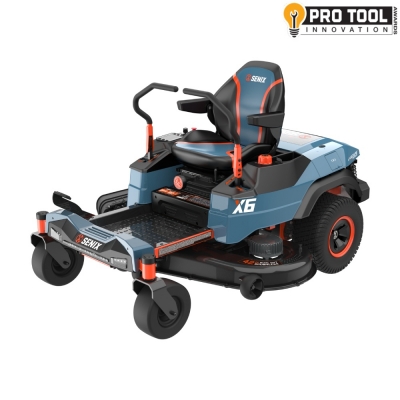
 (5.0)
(5.0)